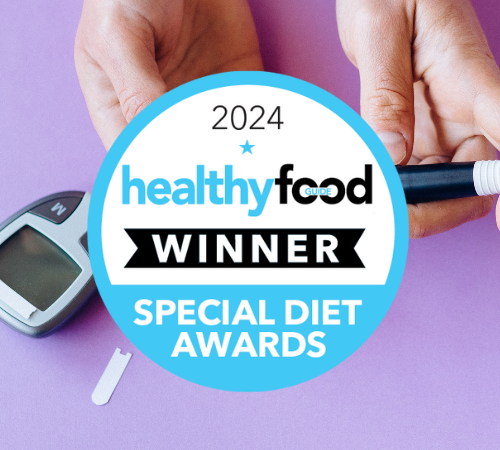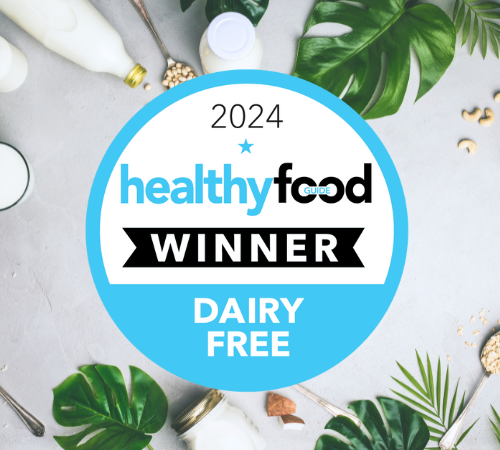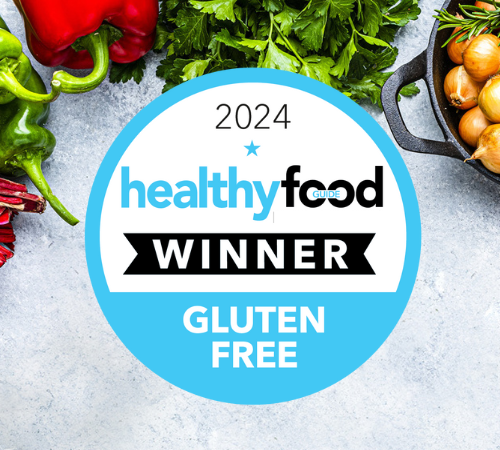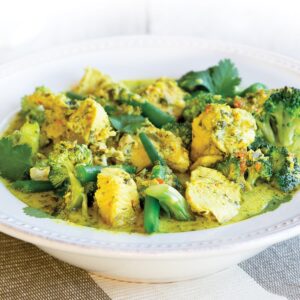
With sneaky marketing, it’s easy to fill your shopping trolley with less-than healthy products without realising it. Avoid being taken in by health food claims by strolling down the aisles with HFG Australia associate publisher Andrea Duvall.
What kind of shopper are you? Do you stride the aisles with a well-ordered list, only picking up the items you need for the meals you have planned? Or are you more of a roamer, with a rough idea of what you need, but open to inspiration as you go? If this sounds like you, then you’re more likely to be upsold into buying less-healthy food. Supermarkets use a number of clever strategies to target people just like you.
Take for example those terrific bargains at the end of every aisle. “We look at the price and say to ourselves ‘let’s get it!’.and that’s how these ‘bargains’ end up in our trolley without much thought,” explains dietitian Gabrielle Maston, director of Changing Shape.
“Supermarkets charge a hefty premium for this display area because it works. But you may have noticed that they’re only ever cleaning products or sugary treats. You’ll never see anything from the health food section there,” Maston notes. “And you wouldn’t feel the same temptation with an apple or a stalk of celery,” she says. “People don’t tend to impulse buy fruit and vegetables.
“As a consumer, you need to look beyond the colourful displays, as making healthy choices depends on it. The selling of food is both a lesson in psychology as well as an art form,” she says.
A recent international study measured the amount of shelf space devoted to various unhealthy foods in supermarkets in eight countries. It found the UK had the greatest shelf space dedicated to chips, chocolate and confectionery. Australia came top for the most shelf space devoted to soft drinks.
“Displays make people buy more,” Maston says. “It’s all bright and shiny and it’s hard to practise self-restraint, especially if you don’t have a clear shopping list.” So, faced with this onslaught of canny persuasion, what can we do?
“I tell everyone there are three aisles in the supermarket you don’t ever have to go down: the chocolate; the biscuits; and the soft drink aisles,” she says.
With so many brands and varieties on offer these days, how do you possibly figure out which is the healthiest choice?
Professor Sandra Jones, Director of the Centre for Health and Social Research at the Australian Catholic University, has identified the following marketing ploys that could be leading you astray:
Faulty comparisons
The big stamp on the front of a pack of some chips or crisps boast ‘75% less saturated fat’. “But when you read the fine print, it doesn’t mean it contains 75 per cent less than it used to, or less than other crisps. It’s only 75 per cent lower in sat fat than crisps cooked with palmolein oil, which is confusing,” says Professor Jones, as few crisps are cooked in palmolein oil. Moreover, most crisps are still fried in vegetable oil, so they’re not a low-fat snack.
Breakfast cereal portions are another example of confusing comparisons. Take a look along the cereal aisle. Often, the recommended serving size listed on the side of the pack is around half a cup. But a glance at the illustration on the front of the box shows a bowl overflowing with clearly more than half a cup of cereal, and it even tells us that this is a ‘serving suggestion’!
“We feel good about the product because we’ve read the nutritional values on the pack, yet the recommended portion size isn’t realistic,” says Professor Jones.
Beware of green packaging
A US study compared people’s response to chocolate bars with green, white or red labels. It found that “green labels increase perceived healthfulness, especially among consumers who place high importance on healthy eating”.
As a result of these findings, green is often used in food packaging to convey a healthier choice.
Consider these two very similar biscuit packs. “The packaging tells me the Snack Right brand is better for me. It’s green, it has beautiful pictures of fruit and berries on the front and it has a Heart Foundation tick,” says Professor Jones.
But the back of the pack tells a different story. It has less fruit than the classic Spicy Fruit Roll, and it has more kilojoules.
Healthy words that mislead us
Any food can claim to be ‘natural’, ‘healthy’ or ‘light’. There is no law limiting these claims to healthy foods.
When Professor Jones found so-called ‘healthy cookies’ being sold on the counter at her gym, she looked at the ingredients list. “They’re actually full of fat and sugar. But because they’re on the counter in a gym, you think they’re healthy,” she says.
“A lot of our food decisions are contextual. So, if I’m sitting somewhere ‘healthy’, I’m more likely to think the food there is healthy, too.”
The health food aisle at the supermarket is another place where the ‘context’ can be misleading. Some of the foods found here are formulated for people with dietary needs, but that doesn’t mean they’re more nutritious than the regular brands. So, the very title ‘health food aisle’ is a misnomer.
Irrelevant claims
If you saw a pack of boiled lollies which claimed they were fat free, you would think it a strange boast. After all, when did sugar, water and food colouring even remotely contain fat? And yet, that’s how illogical some health claims have become. Confectionary is one of the worst cases in point, yet when we’re time poor at the supermarket or the petrol station, it’s easy to grab a pack which shouts a lot of healthy-sounding words.
Some sweet packets carry an admirable number of self-appointed ticks: egg free, dairy free, gluten free, soy free, fructose friendly. But aren’t other brands of the same sweets also egg free, dairy free or soy free?
Professor Jones points out that ‘gluten free’ has become a popular marketing claim. “This is important for coeliacs, but many people are misinterpreting that as meaning ‘it must be good for me’,” when it isn’t necessarily the case.
Watch for ticks and endorsements
“Ticks and stamps are positive certifications, but they’re not a reliable guide to the healthiest food on the shelf,” warns Professor Jones. So watch out for ‘ticks’ that are self-awarded by a company’s marketing teams.
Another claim that can be misunderstood is ‘source of fibre’ says Professor Jones. “Some people will interpret source of fibre to mean the food has lots of fibre. But it only means it has some fibre in it.”
Instead, look for products that say they are a ‘good source of fibre’. This claim is regulated in many countries and foods need to have 4g of fibre per serve to make this claim. But spotting the difference can be tricky.
So, next time you visit the supermarket, be savvy. “Look past the colours and cleverly crafted claims. The only useful information is the nutrition label,” says Professor Jones. “Everything else is advertising.”
www.healthyfood.com










